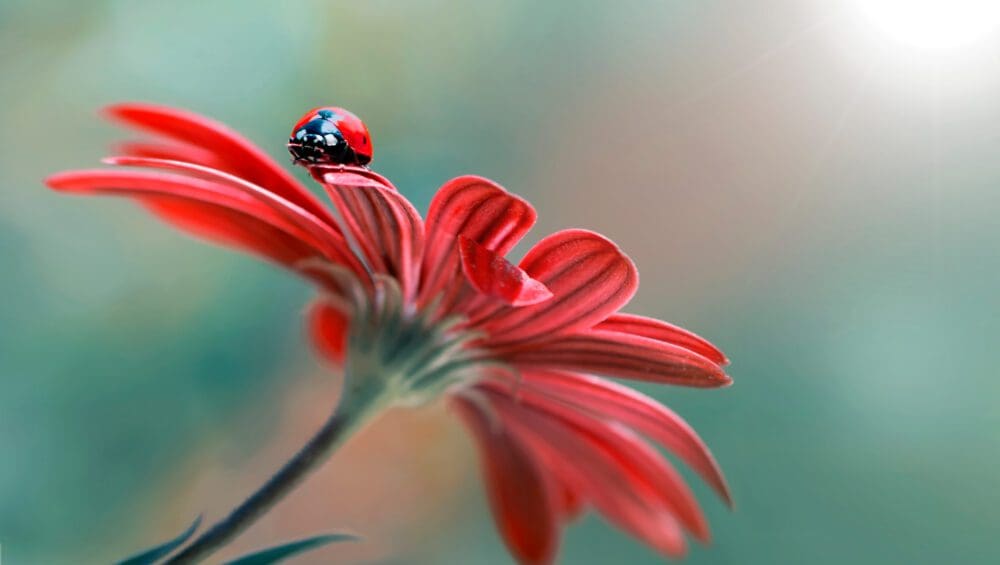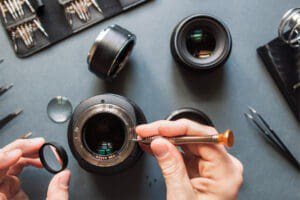
The Top 7 Tips for macro photography
Macro photography is a captivating genre that allows us to explore the intricate details of the world up close. From delicate flowers and insects to everyday objects transformed into abstract art, macro photography reveals a hidden world that often goes unnoticed. However, capturing stunning macro shots requires a combination of technique, patience, and a keen eye for detail. In this blog post, we will share seven valuable tips that will help you master the art of macro photography and unlock the beauty of the miniature realm.
Invest in a Macro Lens
To truly delve into macro photography, investing in a dedicated macro lens is highly recommended. These lenses are specifically designed to provide high magnification and exceptional close-up capabilities. A macro lens with a focal length of 50mm to 100mm is versatile and suitable for a wide range of subjects. It allows you to get close to your subject while maintaining a comfortable working distance. Alternatively, extension tubes or close-up filters can be used to achieve macro-like results with your existing lenses.
Use a Tripod for Stability
Stability is crucial in macro photography, as even the tiniest movement can result in blurry images. Using a sturdy tripod eliminates camera shake and allows for precise focusing. Look for a tripod with a centre column that can be positioned horizontally, enabling you to shoot subjects at ground level. If working outdoors or in tight spaces where a tripod is not feasible, consider using a beanbag or a small tabletop tripod for added stability.
Master Depth of Field
Controlling depth of field is essential in macro photography to highlight your subject and create a pleasing composition. As you get closer to your subject, the depth of field becomes extremely shallow. To maximize the sharpness of your subject, use a small aperture (higher f-stop value) such as f/8 or higher. However, keep in mind that a smaller aperture reduces the amount of light entering the camera, so you may need to compensate with longer exposure times or additional lighting.
Pay Attention to Lighting
Lighting plays a crucial role in macro photography, as it can enhance the texture, colours, and details of your subject. Here are a few lighting tips to consider:
a) Natural Light: Utilize natural light whenever possible, preferably during the golden hours of early morning or late afternoon when the light is soft and warm. b) Diffused Light: Use diffusers, such as a white umbrella or a softbox, to soften and spread harsh sunlight or artificial light sources. c) Reflectors: Use reflectors or white foam boards to bounce light onto your subject, filling in shadows and adding a gentle glow. d) External Flash: Consider using an external flash with a diffuser to add controlled light and fill in shadows.
Patience and Observation
Macro photography demands patience and keen observation skills. Take your time to study your subject, understand its behaviour, and anticipate its movements. Be aware of the wind, which can cause unwanted vibrations or subject movement. Additionally, stay attuned to the small details that can elevate your composition, such as dewdrops, patterns, or textures.
Experiment with Different Perspectives
Macro photography allows for creative exploration, so don’t be afraid to experiment with different perspectives. Get down to the level of your subject or shoot from unusual angles to capture unique and intriguing images. Explore the possibilities of capturing the tiny world from below, above, or even from the side to add visual interest and depth to your photographs.
Post-Processing to Enhance
Post-processing is the final step in bringing out the best in your macro photographs. Use editing software to fine-tune exposure, adjust colours, and enhance details. Be cautious not to over-process your images, aiming for a natural and balanced result. Experiment with sharpening, noise reduction, and selective adjustments to further refine your macro shots.
Macro photography allows us to see the beauty in the smallest details, unveiling a world that often goes unnoticed. By following these seven tips, including investing in a macro lens, using a tripod for stability, mastering depth of field, paying attention to lighting, practising patience and observation, exploring different perspectives, and utilizing post-processing techniques, you will enhance your macro photography skills and capture awe-inspiring images that celebrate the intricacies of the miniature realm. So, grab your camera, venture into the world of macro, and prepare to be amazed by the hidden wonders that await your lens.











